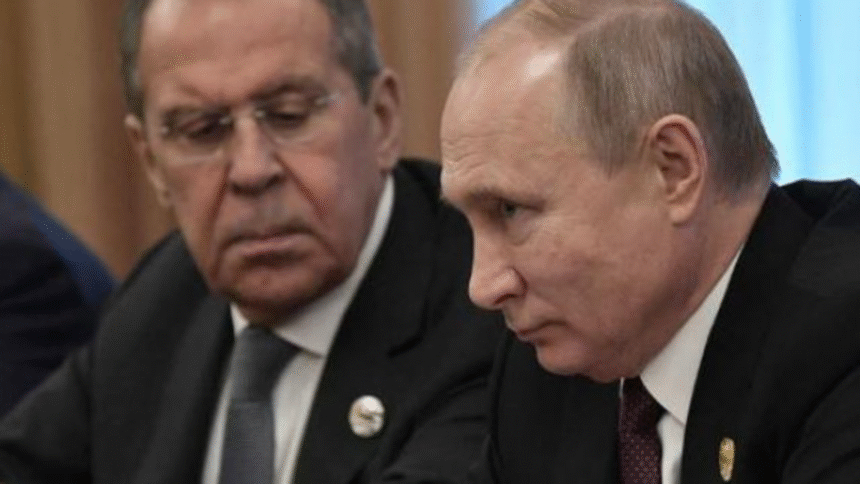The Kremlin has warned of retaliatory measures following German Chancellor Friedrich Merz’s proposal to use Russia’s frozen reserves to finance Ukraine.
A tense silence came from Moscow after Merz publicly supported, for the first time, a plan to utilize Russia’s frozen assets to fund Ukraine’s defense—initially €170 billion, with the aim of mobilizing over €200 billion in total.
These funds, frozen by G7 countries since the start of the war against Ukraine, are held in dollars, euros, pounds, and yen, blocked to prevent Vladimir Putin from accessing them.
The upcoming G7 finance ministers’ meeting is expected to formalize the decision, which could take effect between March and April 2026.
Although Moscow has not responded officially, its silence is seen as a warning. The Kremlin is expected to take harsh actions, including the confiscation of accounts and physical assets of companies from countries participating in this financial intervention. This includes about 60 Italian companies still operating in Russia.
Tensions between Russia and Europe are steadily increasing, and the use of frozen reserves would escalate the economic confrontation between the parties.
A draft presidential decree in Moscow reportedly foresees the nationalization of assets from “unfriendly” countries. This measure could take on a large scale. Over the past three years, Putin’s regime has seized or nationalized 103 companies for political reasons, including Danone (France), Carlsberg (Denmark), InBev (Belgium), Bosch (Germany), ExxonMobil (USA), and Ariston (Italy).
According to Russian sources, the total value of Western companies’ physical and financial assets in Russia is around $150 billion, not including frozen bank accounts.
Italian companies are particularly exposed, with their Russian bank accounts estimated at a minimum of €500 million, though the figure may be higher.
Paradoxically, despite the war, many Western companies have seen revenue growth in Russia, mainly due to inflation and increased domestic consumption fueled by military spending.
Since 2022, Western companies’ profits cannot be repatriated. They are transferred to so-called “S accounts” established by the Kremlin—a view of frozen Russian reserves in the West. These accounts are effectively blocked assets that Putin could use as a pressure tool.
About 17,000 companies have left Russia since the war began. However, many remain for various reasons, including hopes of a Trump return, massive financial losses if sold at an 80–90% discount, or to maintain a competitive presence.
Europe is preparing to use Russia’s frozen reserves to aid Ukraine, while Russia is preparing retaliatory asset seizures. None of the Italian companies violate sanctions, yet all are already blocked, at risk, and without access to their capital.
If this cycle of retaliation begins, Russia may completely detach from international markets, increasingly relying on China. For the West, yielding to this blackmail would set a dangerous precedent and represent a greater loss than the temporary gain for some companies.
The financial war between Russia and the West is real. Companies still in Russia are hostages in a battle where nothing is as before. Politics, economics, and warfare are now intertwined, and the cost of every decision is increasingly high.







